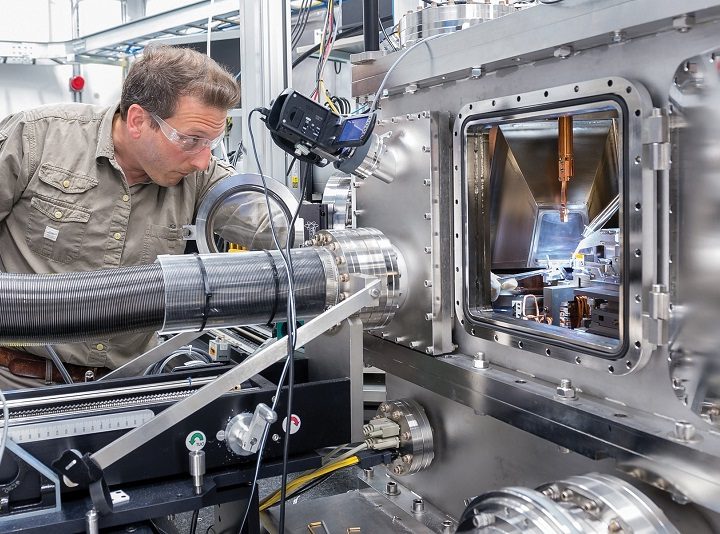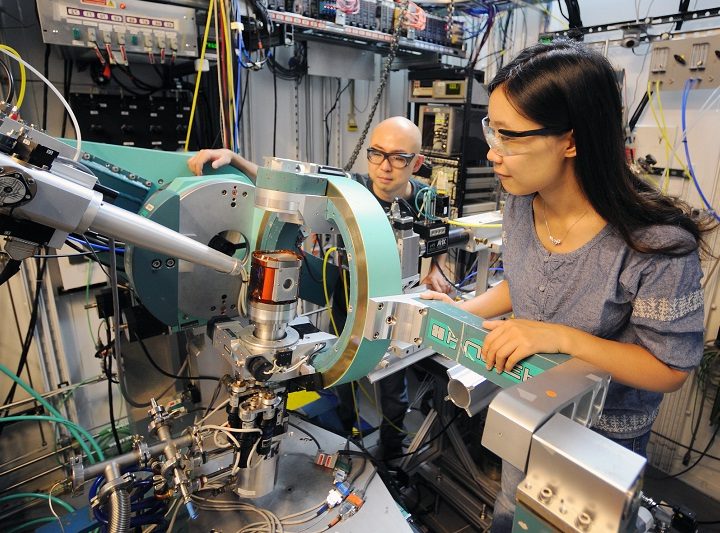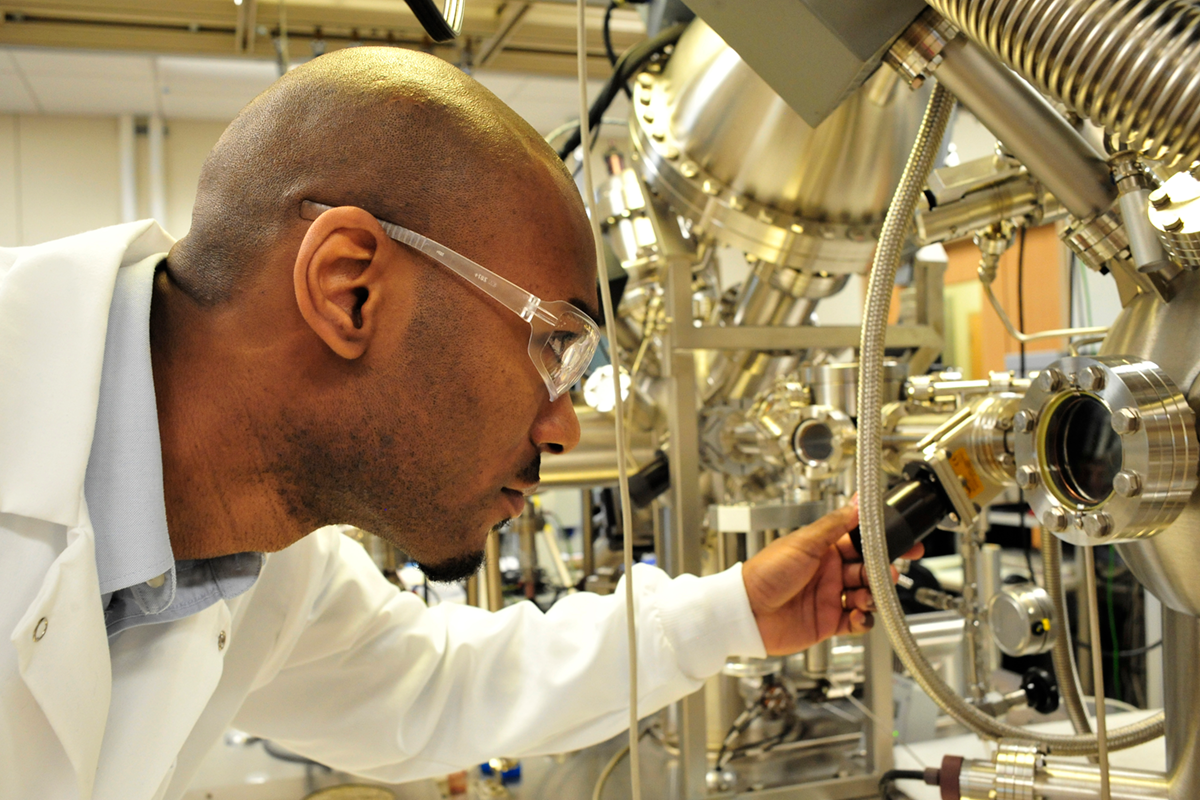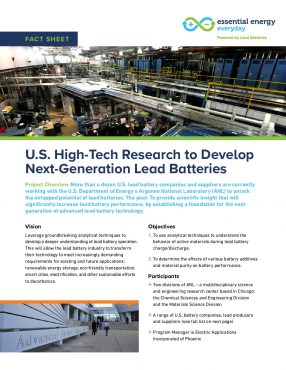
Lead batteries have long been a reliable, proven energy storage solution for a vast number of applications. Now, exciting research partnerships are increasing the performance of this technology far beyond its previous metrics. Lead battery innovation is poised to provide the peak performance and power that will assist the global transition to an electric and low-carbon future.











